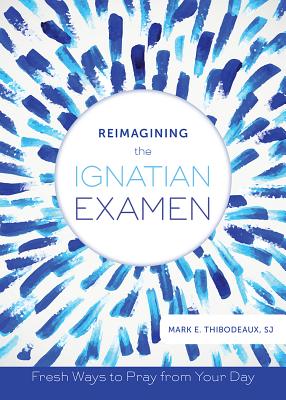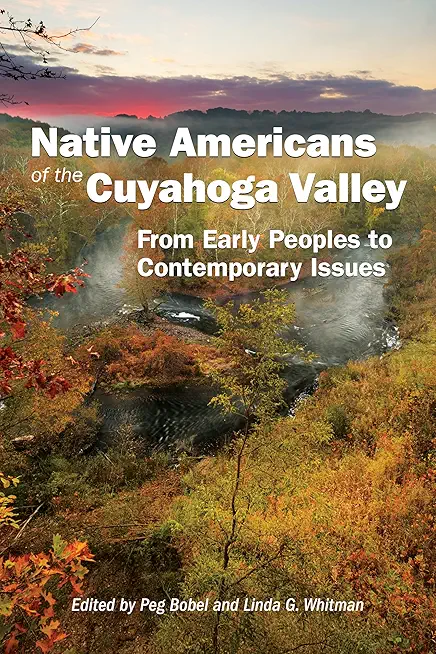
MUSIC FROM INDONESIA 16 / VARIOUS
product information
Condition: New,
UPC: 0930740443228,
Publication Date: 11/17/1998,
Type: COMPACT DISC,
Style: POP/INT'L & WORLD MUSIC,
description
tracks
Tambora: Violin With Male & Female Vocals, From BimaLopi Penge (Excerpt): As Track 1
Two Tunes (Excerpt): Jungga (Two-Stringed Lute) From Umalulu
Hali Ana Wini: As Track 3, With Mail Vocal
Tabung (Excerpt): Funeral Gongs From Anakalang
Kanakang (Excerpt): As Track 5
Kikot (Excerpt): Gong Ensemble From Oelolok (Meto Group)
Liliba (Excerpt): Mixed-Chorus Dance Song From Fahiluka (Tetun Group)
Saero (Excerpt): As Track 8
Berelesu (Excerpt): As Track 8, From Ekin (Bunaq Group)
Soge (Excerpt): As Track 10
Helang (Excerpt): As Track 8
Heo Banamas: String Band With Male Vocal, From Oelolok (Meto Group)
We Oe (Excerpt): As Track 13, From Fahiluka (Tetun Group)
Naikam Tiup: As Track 13, From Noepesu (Meto Group)
notes
Extensive notes and map complement these remarkable recordings.The parched "southeastern islands" running east from Lombok to Timor form one of the poorest regions in Indonesia, but artistically one of the richest, most traditional, and least explored. This album offers a sampling across the region, from Sumbawa to the western half of Timor. In Sumbawa, the genres and instruments are largely those familiar all over Muslim Indonesia. East of Sumbawa, things change: the Muslim genres give way to ensembles of interlocking gongs (quite different from the famous gamelon of Java and Bali), communal singing for circle dances, and local forms of string music. In this album we hear: a professional duo of singers with violin from Bima in eastern Sumbawa; gongs for funerals in Sumba and for dancing in Timor; dance choruses, some boisterous, some mysterious and elusive, from Timor; a lute from east Sumba that sounds like a bottleneck guitar; and down-home music from Timor, played on home-made guitars and violins.
credits
Recorded By, Compiled By, Liner Notes [Annotated By] – Philip Yampolsky
member goods
No member items were found under this heading.
Return Policy
All sales are final
Shipping
No special shipping considerations available.
Shipping fees determined at checkout.







